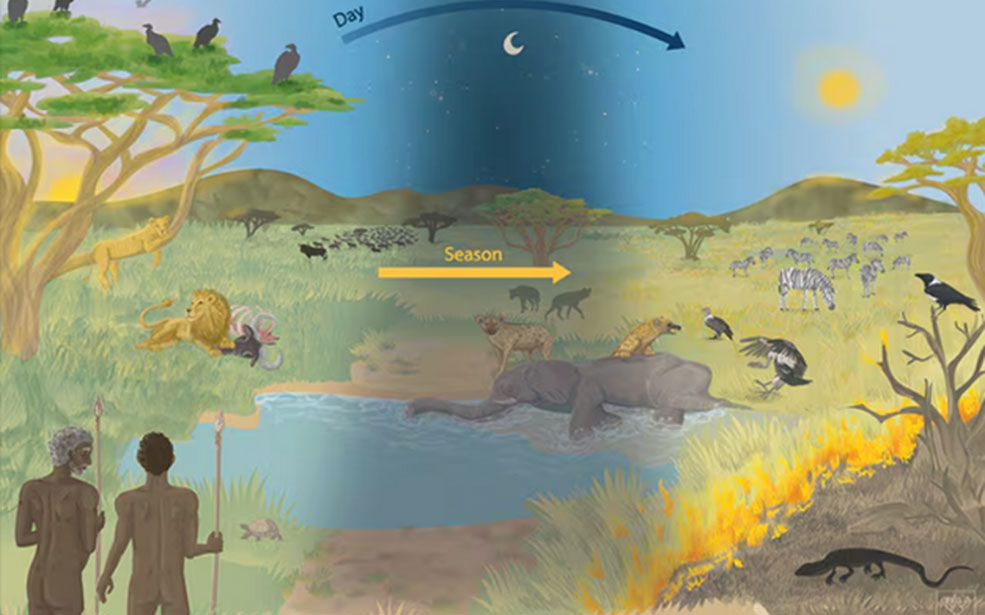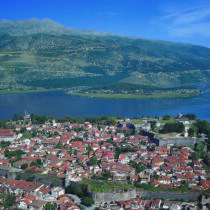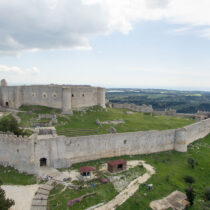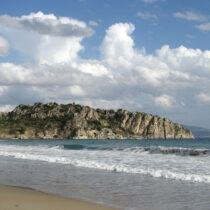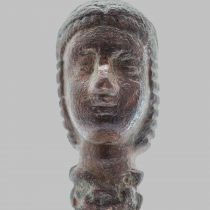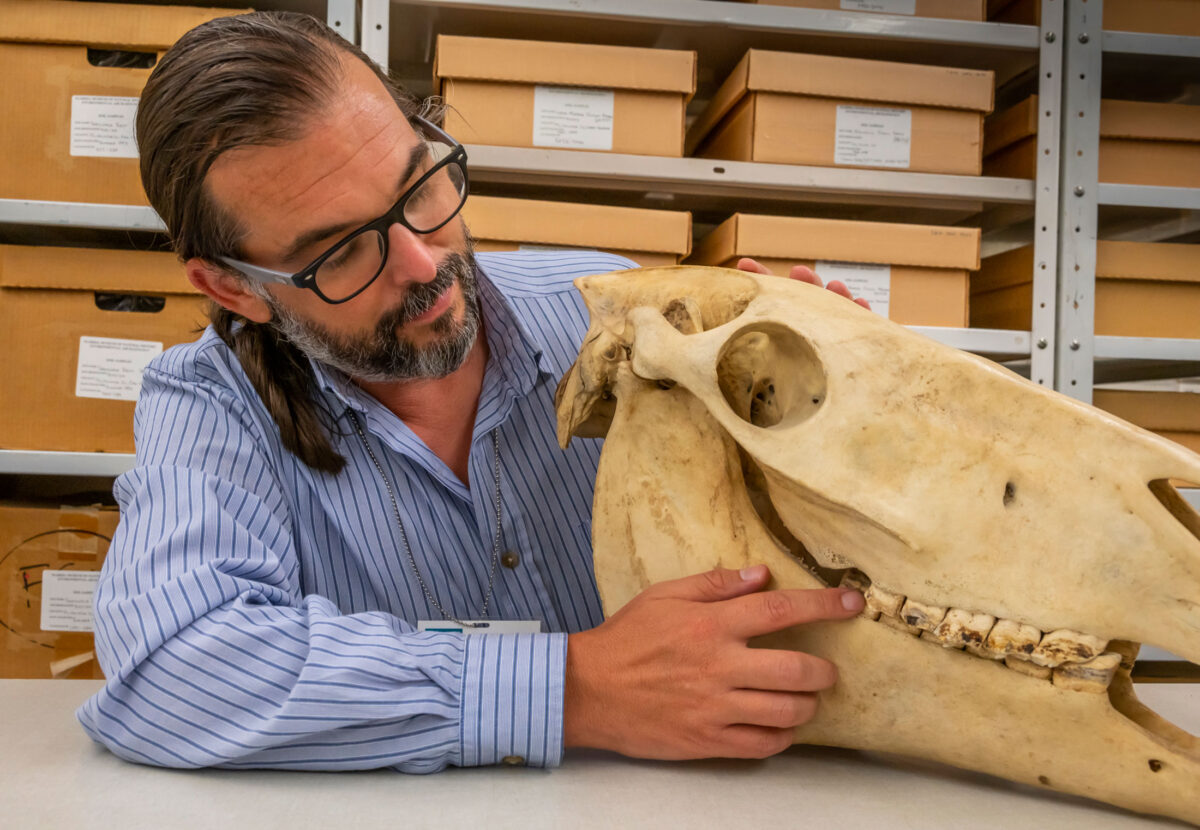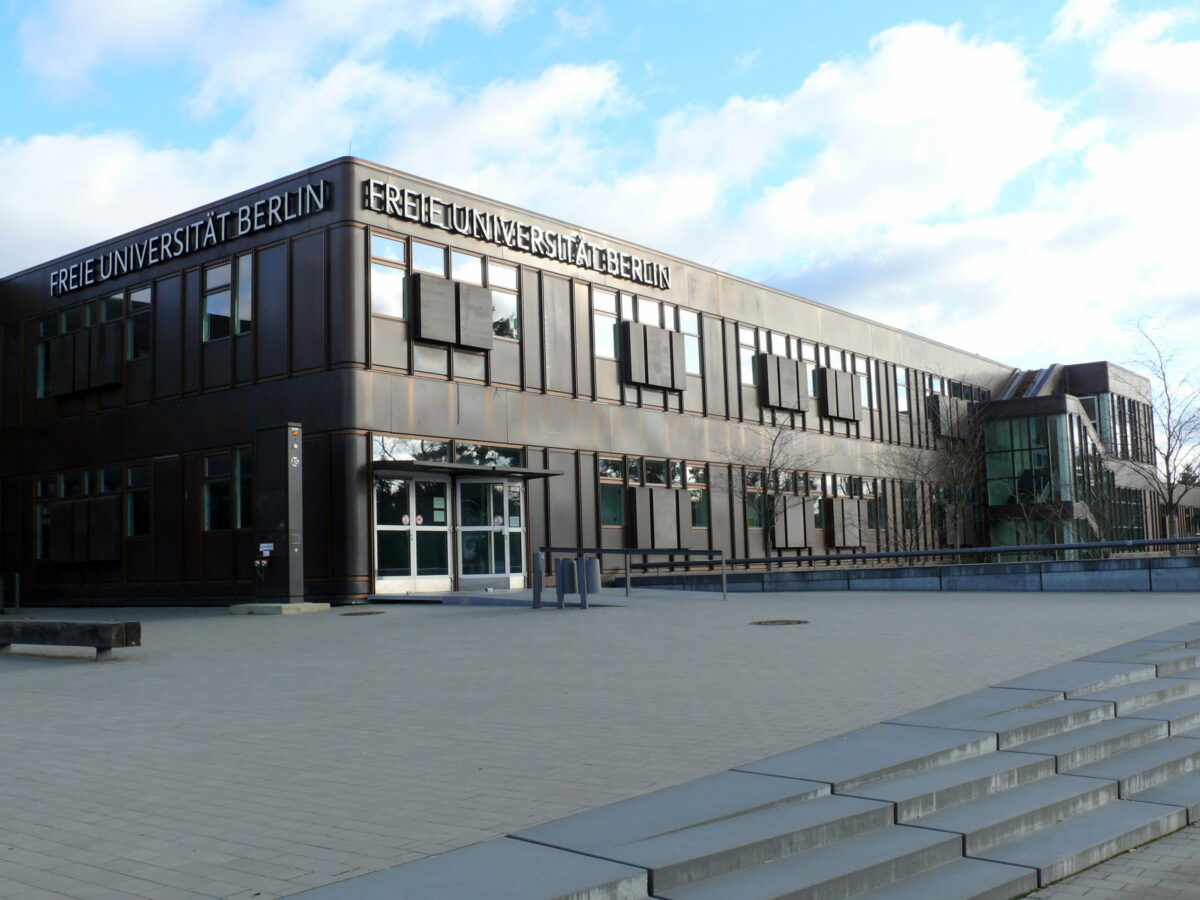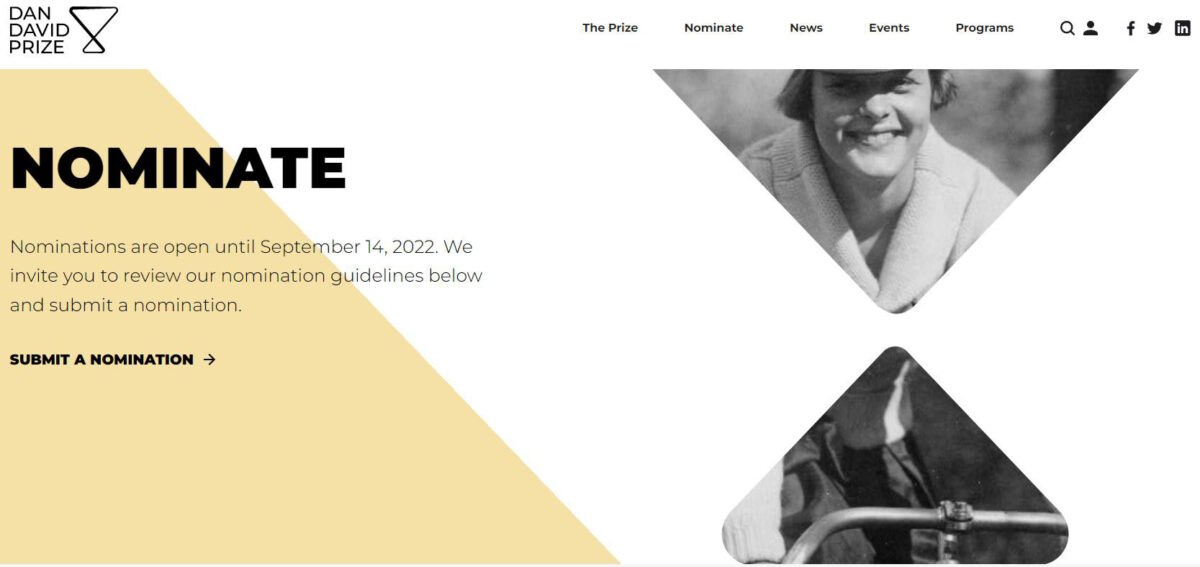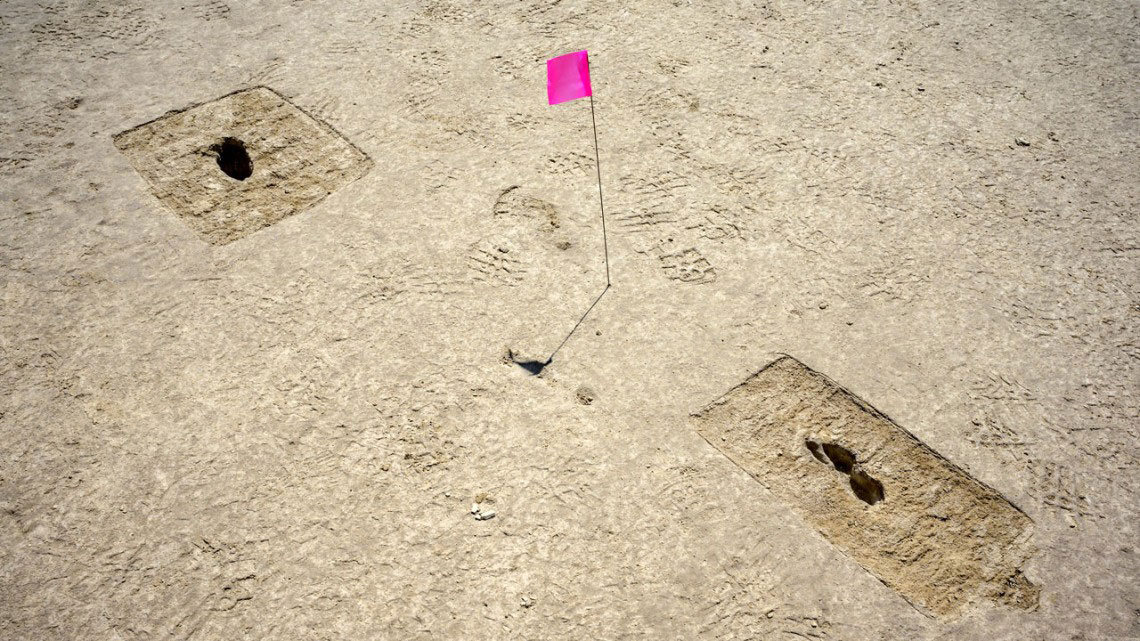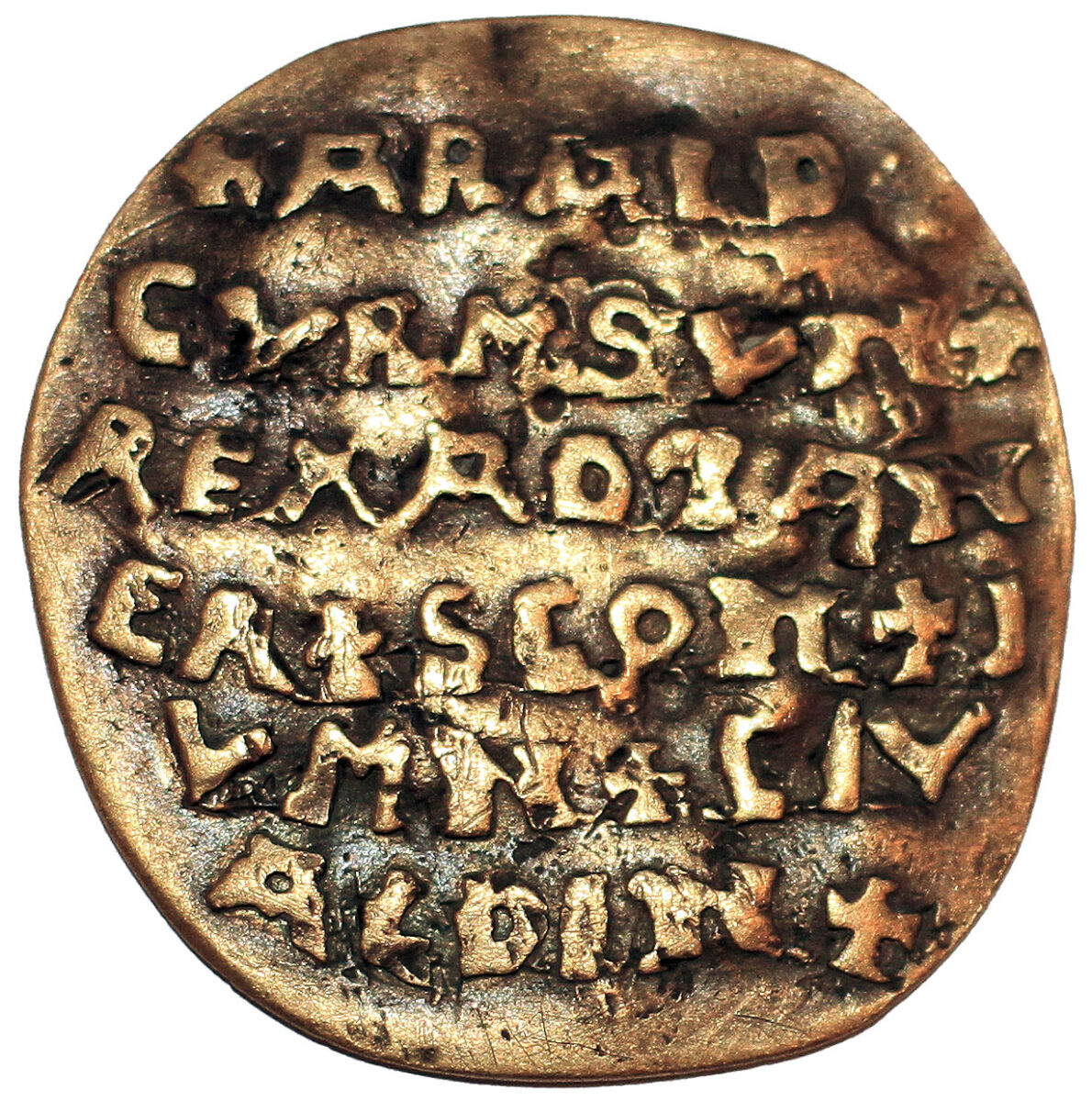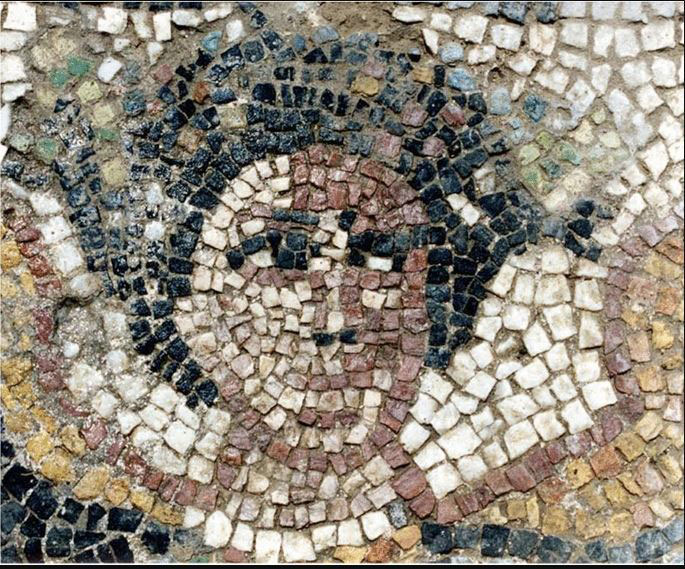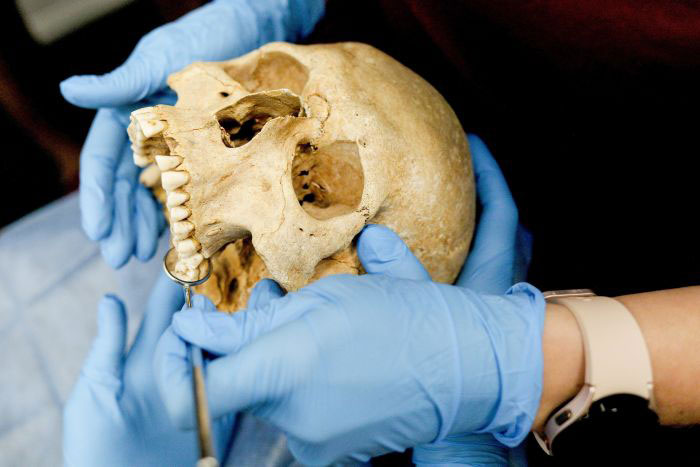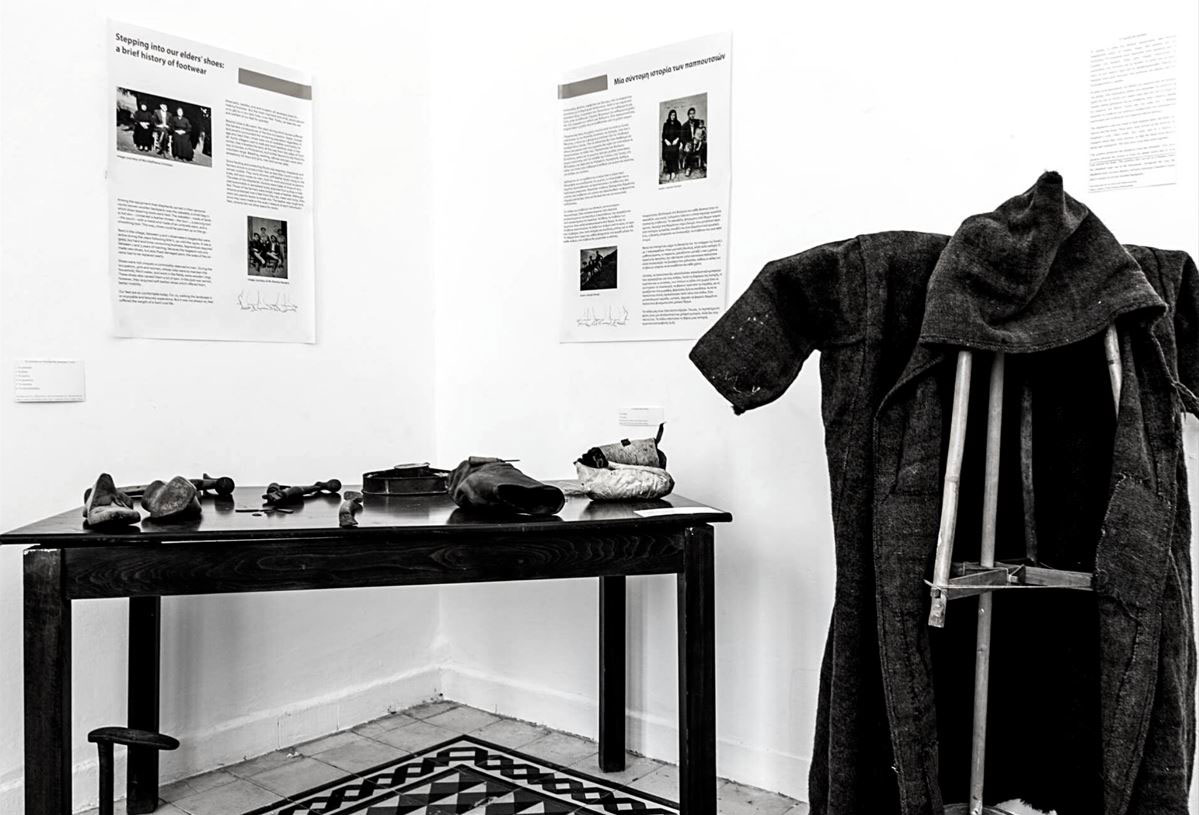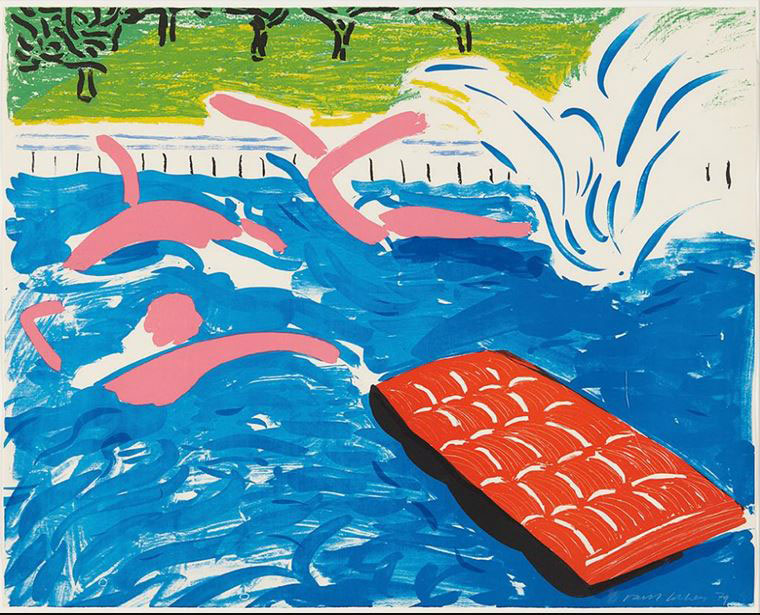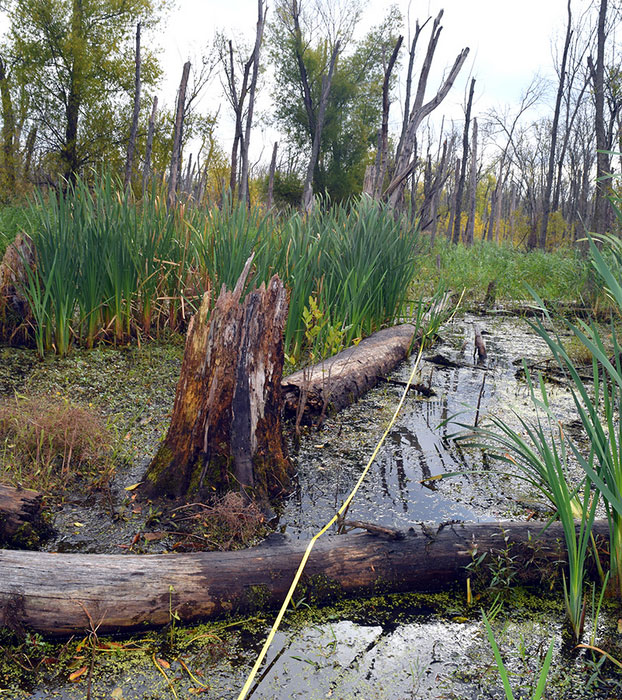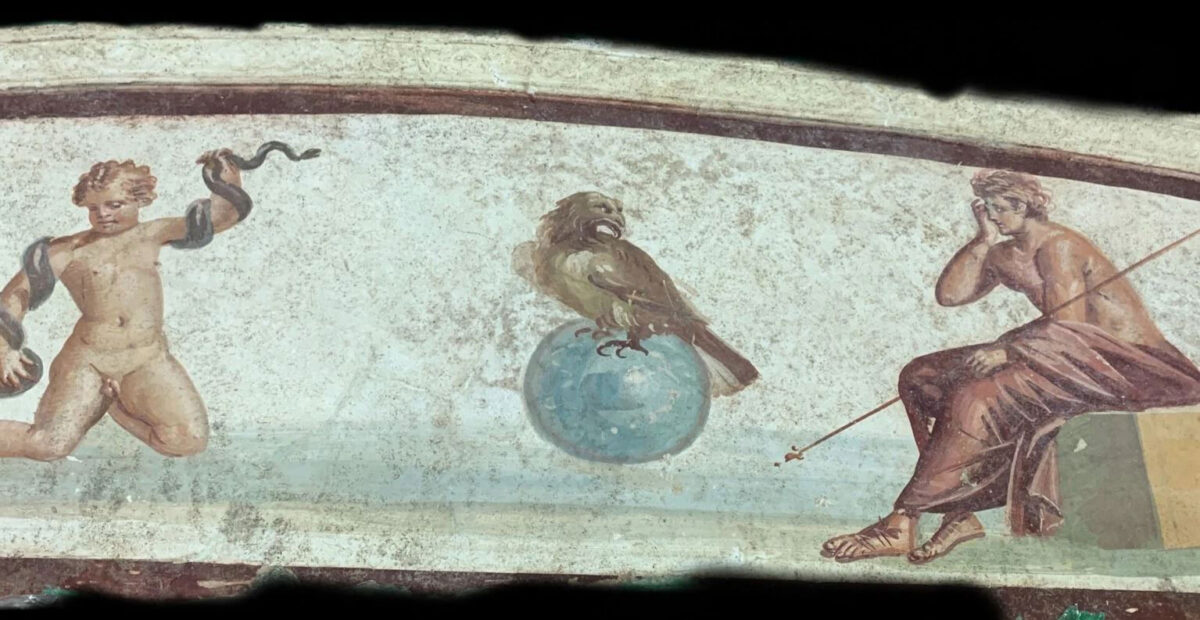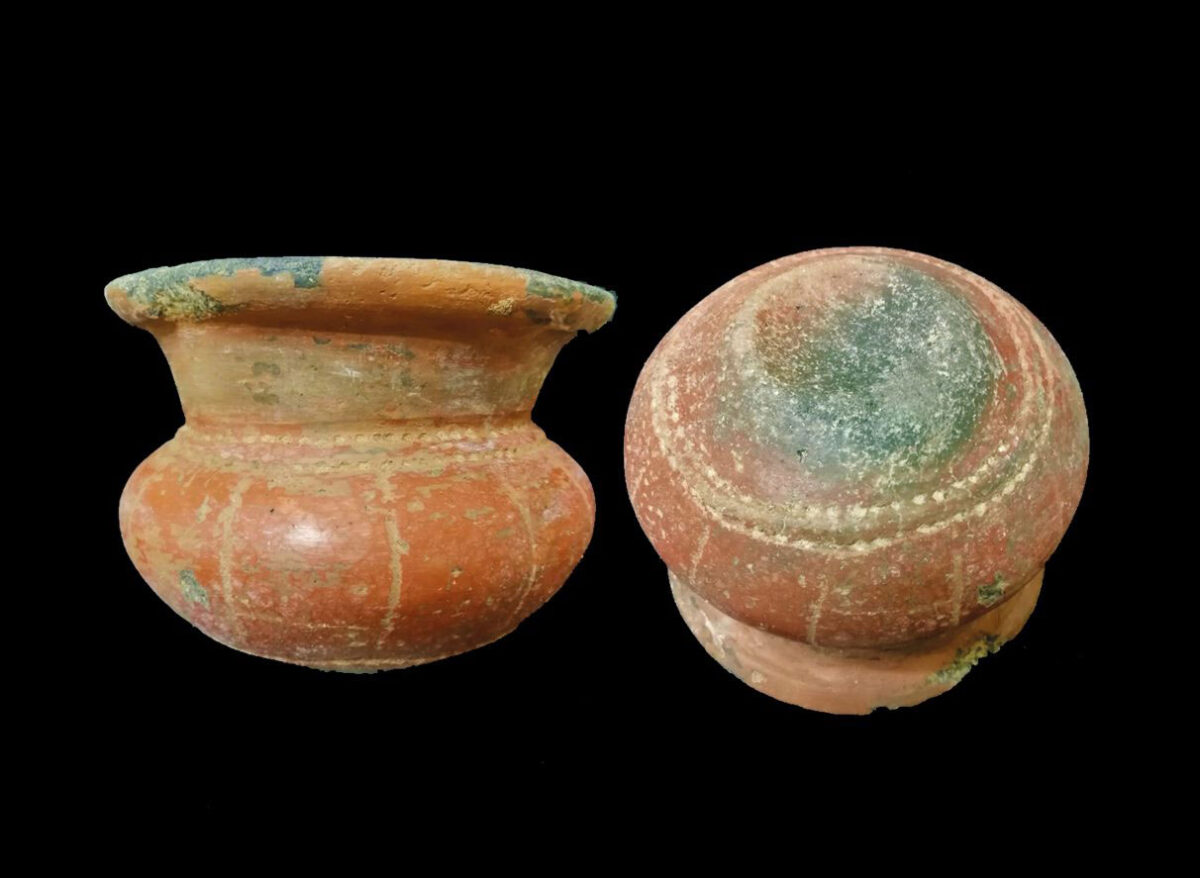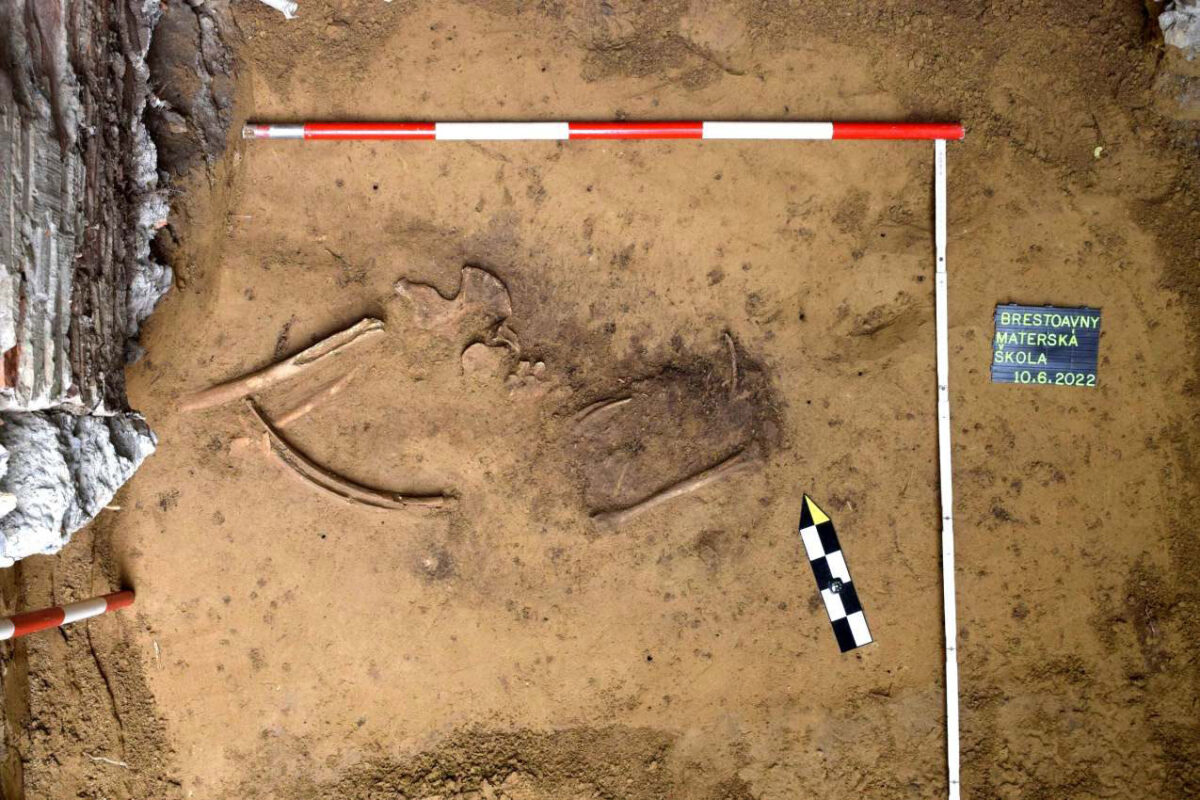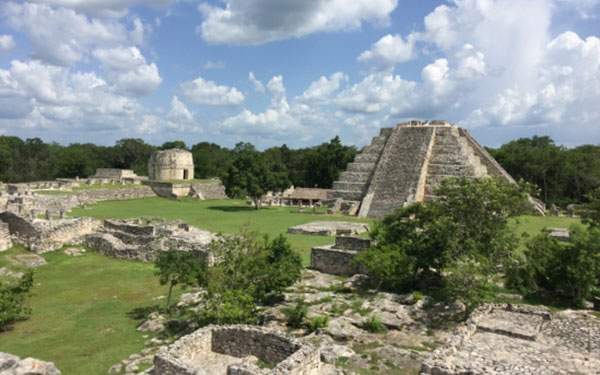DNA from American horse lends credence to shipwreck folklore
An abandoned Caribbean colony and a case of mistaken identity have conspired to rewrite the history of a barrier island.
Summer School focusing on Edition Practices
Summer School “Edition Practices” 2022 on “Temporal Communities: Doing Literature in a Global Perspective” will take place on 26–30 September and 04–07 October in Berlin.
The Dan David Prize nominations
The Dan David Prize is the world’s largest history prize, annually awarding 9 prizes of $300,000 each to early and midcareer scholars and practitioners.
Continuation of works at Kasta Tomb, Amphipolis, Serres
The works of the structural restoration of the burial monument and the construction of a shelter at the Kasta Tomb are proceeding.
Ice Age human footprints discovered in Utah desert
Human footprints believed to date from the end of the last ice age have been discovered on the salt flats of the Air Force’s Utah Testing and Training Range (UTTR) by Cornell researcher Thomas Urban in forthcoming research.
The unknown acropolis of ancient Mytilene
The finds suggest the existence of an unknown public building or a monument at the site during the early Roman phase of the ancient acropolis of the city.
No proof Viking ‘Bluetooth’ king buried in Polish village
Claims that the grave of a viking king has been discovered in Poland with the help of satellite technology have been dismissed by a leading Warsaw archeologist.
New analysis of mosaics from the House of Charidemos at Halicarnassus
New analysis of nineteen tesserae from mosaics that had been excavated in Bodrum in the late 19th-early 20th c. shed light on the history of Halicarnassus at the end of the Roman period.
Medieval ‘vampire teeth’ had less decay then gnashers today
‘Vampire skulls’ from a late medieval cemetery have revealed that tooth decay was much less common in the Middle Ages than today.
Cincinnati Art Museum rediscovers a national treasure
In spring 2021, Cincinnati Art Museum’s Curator of East Asian Art, Dr. Hou-mei Sung, made a once-in-a-lifetime discovery.
Epic Heroism in Late Antiquity
The Workshop "Epic heroism in Late Antiquity" will take place on 15-16 September 2022 at the University of Lisbon.
One-year position in Classical Art and Archaeology
The deadline for applications is 31st July with interviews scheduled for 11th August.
Developing and Organising Temporary Exhibitions and Touring Strategies
Do you want to learn how to create new audiences, build partnerships and generate revenue through temporary exhibitions?
Phillips announces David Hockney
A dedicated auction of works by David Hockney to celebrate the British artist’s lifelong innovation and experimentation.
Full sun pendant Gathering light tour announced
A British Museum Spotlight Loan Gathering light: A Bronze golden sun announces the full schedule of the tour, which gives an insight into the cosmology of Bronze Age Britain.
North ‘plaza’ in Cahokia was likely inundated year-round
New paleoenvironmental analyses of the north plaza suggest it was almost always underwater.
142 antiquities valued at nearly $14 million return to the people of Italy
Manhattan District Attorney Alvin L. Bragg, Jr., yesterday announced the return of 142 antiquities valued at nearly $14 million to the people of Italy.
Cultural Continuity, Change and Interaction in the Aegean World
The symposium will be hosted online by DEÜ Archaeology and Archeometry Application and Research Center in Turkey.
Bournemouth University uncovers earliest English medieval shipwreck site
Maritime archaeologists have uncovered the remains of a medieval ship and its cargo dating back to the 13th century off the coast of Dorset.
INAH recovers a complete Mayan vessel from a cave in Playa del Carmen
Specialists from INAH Quintana Roo Center, a National Institute of Anthropology and History (INAH) office, recently recovered a Mayan pot inside a cave.
One of the oldest cases of deafness in the human species
Scientists studied of the remains of the hearing structure of a fossil discovered almost half a century ago in Morocco.
A digital journey to Mesopotamos
The local community of Mesopotamos has decided to create for the first time a website and a digital guided tour promoting the archaeological and religious monuments of the area.
Discovery of a prehistoric grave under a kindergarten in Brestovany
During construction works for a kindergarten in Brestovany, western Slovakia, workers came across human bones.
Climate and conflict in the prehistoric Maya city of Mayapan
New research demonstrates connections between climate change and civil unrest among the ancient Maya.
